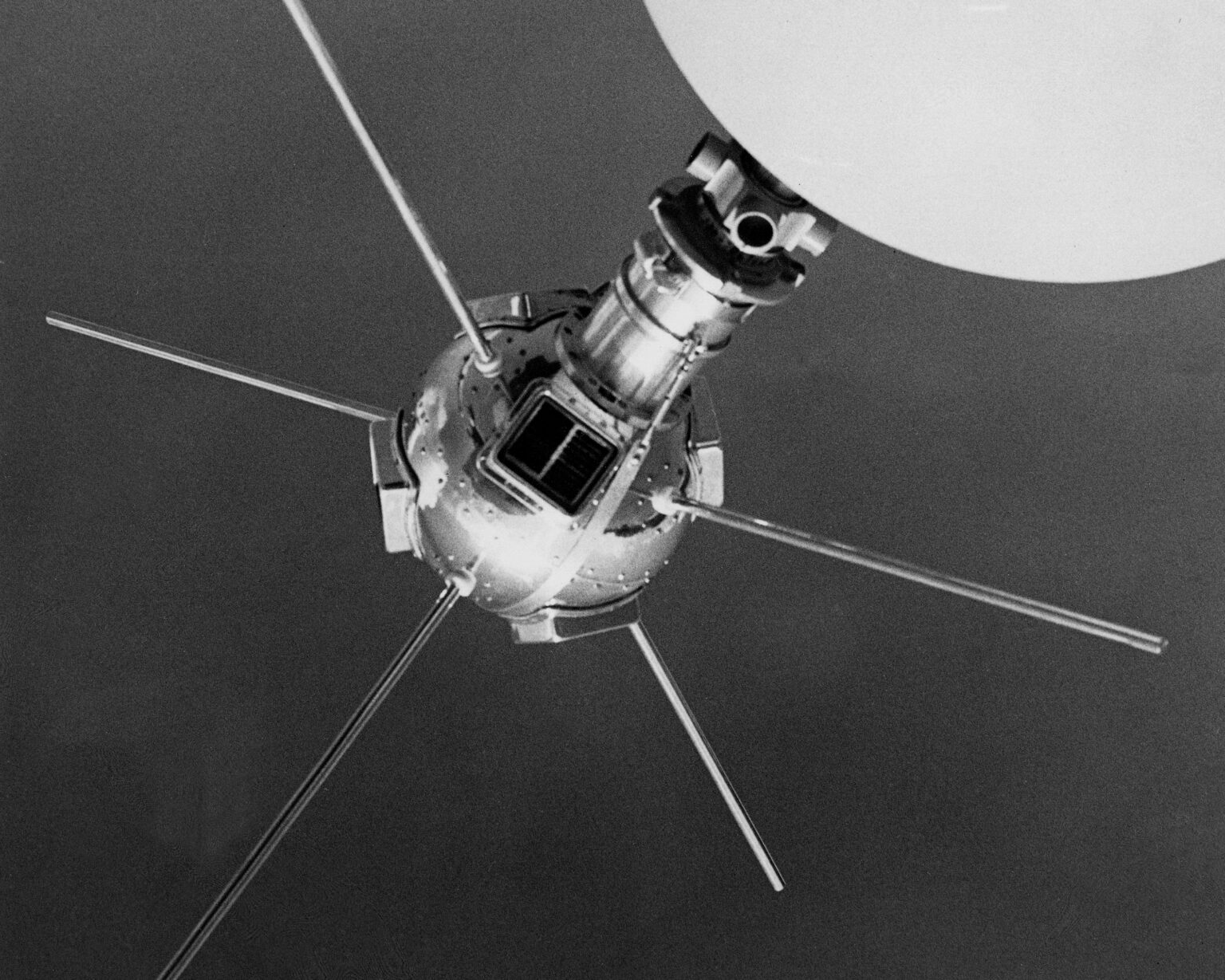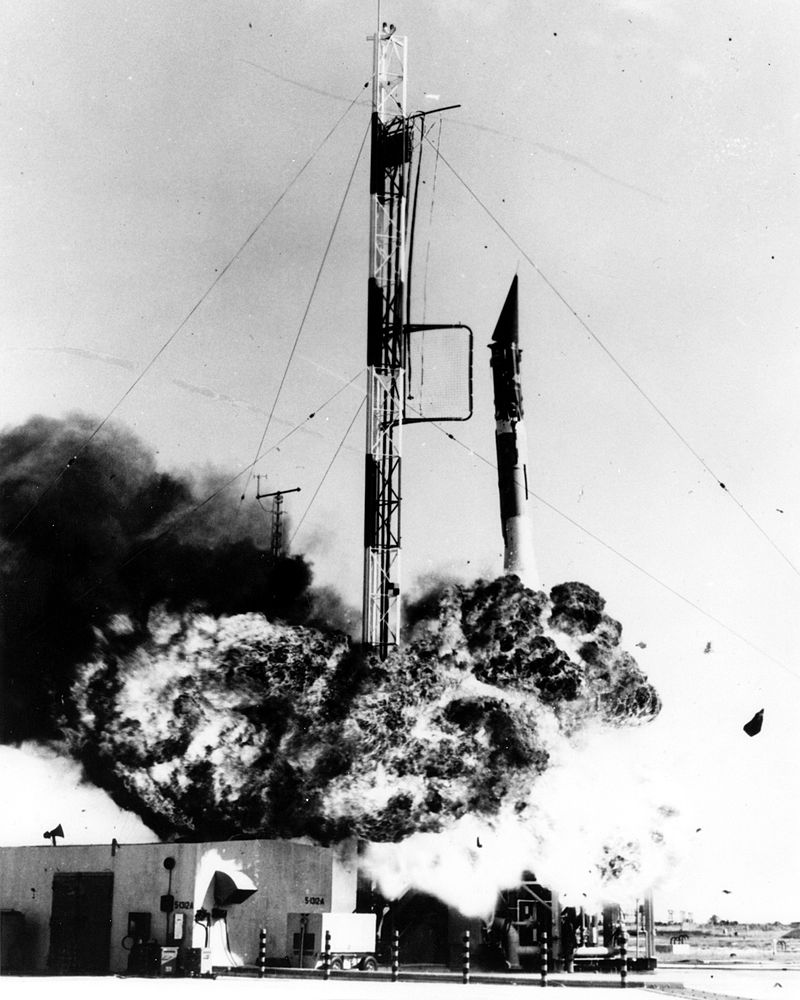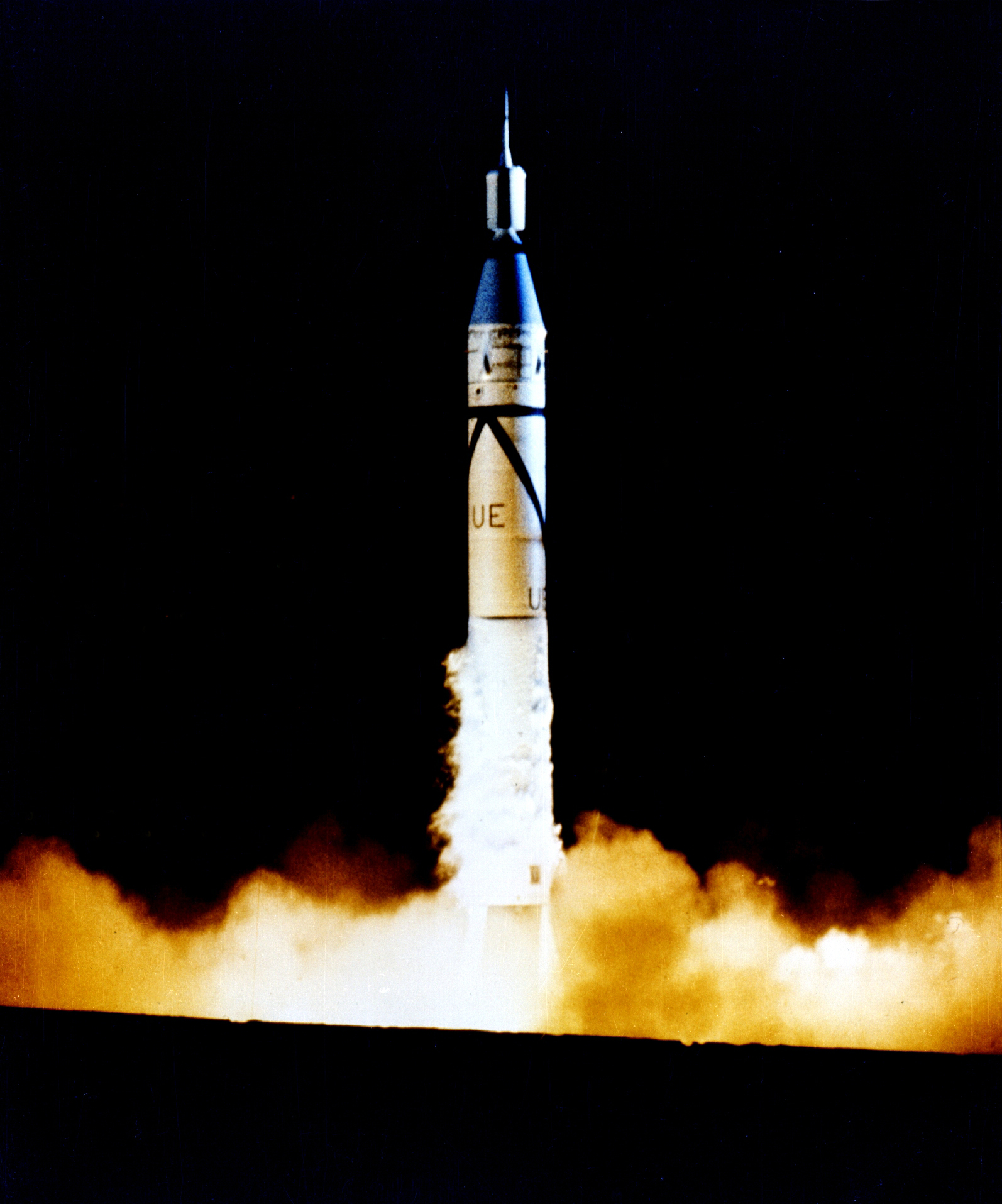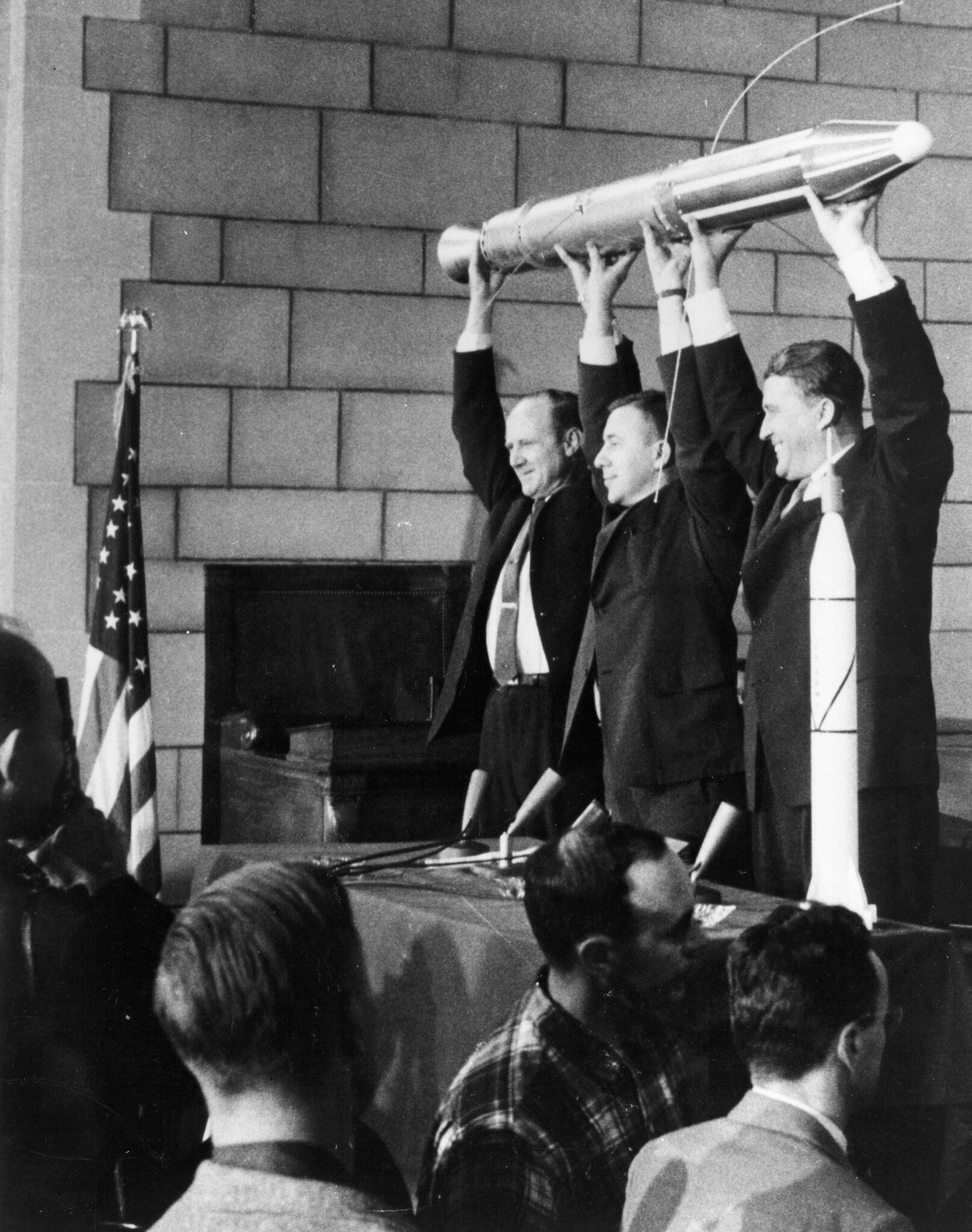On February 1, 1958, the Juno I rocket was launched from the Cape Canaveral Spaceport. It put Explorer 1 into orbit. This device went down in history as the first American artificial Earth satellite. Commemorating the 65th anniversary of this event, we would like to tell you how the United States entered the space race and why it was Explorer 1 that became the first American satellite.
The first American satellite selected
Back in 1955, the United States announced its intention to launch the first artificial Earth satellite. The event was to be timed to the International Geophysical Year (it was held from July 1, 1957 to December 31, 1958). The main question was who would build the first American satellite. The fact is that at that time the United States did not have a single space program or any organization that would manage space exploration. Instead, the country had several independent missile projects developed by different branches of the armed forces without any coordination.
One such project was called Orbiter. It was developed by the US Army and Navy under the leadership of Werner von Braun. Von Braun proposed to launch a communications satellite using the first stage of his Redstone ballistic missile, which would then be loaded with three clusters of 15 solid-propellant Baby Sergeant missiles (11 as a second stage, 3 as a third stage, and 1 as a fourth stage). The main advantage of this project was that it involved the use of already existing and tested carriers.
Orbiter’s main competitor was the Vanguard program, developed by the US Naval Research Laboratory and the GLM firm. It provided for the launch of the first satellite using a carrier created on the basis of the first stage of the Viking geophysical rocket, to which two additional stages (liquid and solid propellant) were to be added. The US Air Force had their own space project. They were planning to use the new Atlas ballistic missile to launch a satellite.

As a result, the state committee dealing with the issue of the first satellite settled on Vanguard. Later, von Braun repeatedly criticized this decision, stating that his space project could have been implemented much earlier than the Soviet one. This reproach is confirmed by the results of a test conducted on September 20, 1956. On that day, the Von Braun rocket was launched. It differed from the orbital variant only in the absence of the fourth stage. During the flight, a maximum speed of 7 km/sec and an altitude of 1100 km were achieved. Had the rocket had the fourth stage, it would have gone into orbit and the space age would have begun in 1956.
So why was the Vanguard project preferred? It is believed that von Braun’s German background and his involvement in the development of V-2 missiles played a role. In addition, Vanguard envisaged launching the satellite using exclusively non-military rockets, which was considered preferable from a political point of view. And, finally, at that time, Western experts had a rather vague idea of Soviet achievements in rocket-building. Americans believed they were quite ahead and a few extra months needed to complete Vanguard would not change the overall picture.
Satellite crisis
When the Soviet Union launched the first artificial Earth satellite on October 4, 1957, it provoked a real crisis in the United States. Soon, President Eisenhower publicly promised that the first American space vehicle would go into orbit by the end of 1957.
This caused a sharp acceleration of the work on the Vanguard project. The launch of the rocket with a satellite took place on December 6, 1957. It failed. Due to the loss of thrust, the rocket fell onto the launch pad and exploded. This was a hard blow to the reputation of the USA as a leading power in the world.

As a result, von Braun, who had repeatedly publicly stated that if he was granted permission, he would be able to launch the satellite within a few months, finally received the green light to implement his project. At the same time, the project itself underwent an important change. If initially it was planned that the satellite would be a simple dummy, now it was decided to turn it into a full-fledged device capable of conducting scientific research. Its creation was undertaken by the Jet Propulsion Laboratory, and the satellite was named Explorer 1.
Explorer 1 had a conical shape. It was 203 cm long, 15 cm in diameter, and weighed 14 kg. It was powered by a built-in battery, and its science stuff consisted of a charged particle detector and a micrometeorite sensor. Communication with the Earth was carried out using two radio transmitters.
Explorer 1 goes into space
Interestingly, even after von Braun got the go-ahead, Explorer 1 was still believed to become the second American satellite. The fact is that the next Vanguard launch attempt was originally scheduled for January 23, 1958. Both rockets were simultaneously being prepared for launch at the neighboring launch pads.

But due to various technical problems, the launch of Vanguard was delayed for two weeks. Thanks to this, von Braun got his chance. And he didn’t miss it. On February 1, 1958, Explorer 1 became the first ever American satellite.
Explorer 1 transmitted signals until May 23, 1958. Analysis of his data allowed the astrophysicist James Van Allen to suggest that our planet has radiation belts. Subsequent spacecraft confirmed this hypothesis.

As for Vanguard, the second attempt to launch the device ended in failure. It managed to climb into orbit only at the third attempt in March 1958. Interestingly, the satellite (obviously decommissioned a long time ago) is still in space, being the oldest man-made object in orbit. As for Explorer 1, it burned up in the atmosphere in 1970.
The epic showdown between Explorer 1 and Vanguard was an important milestone for the American space program. It clearly demonstrated the viciousness of the lack of unanimity in the space industry. This prompted the American leadership to create a new organization that would take over the management of all civil space projects. The law on its creation was signed on July 29, 1958. This organization was named NASA.

